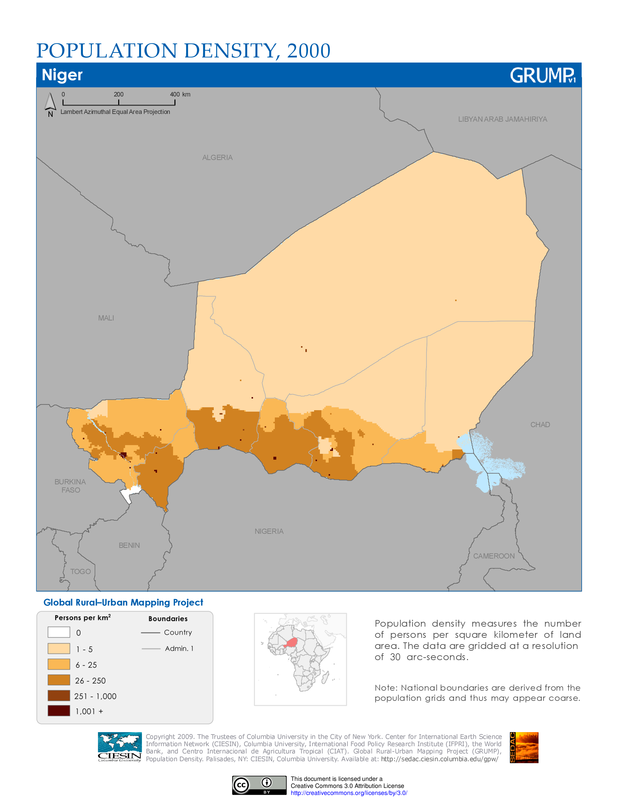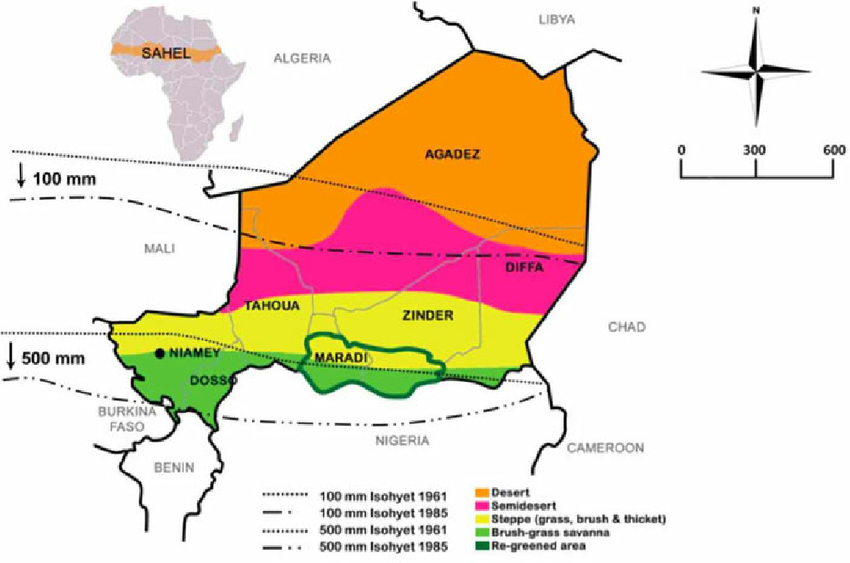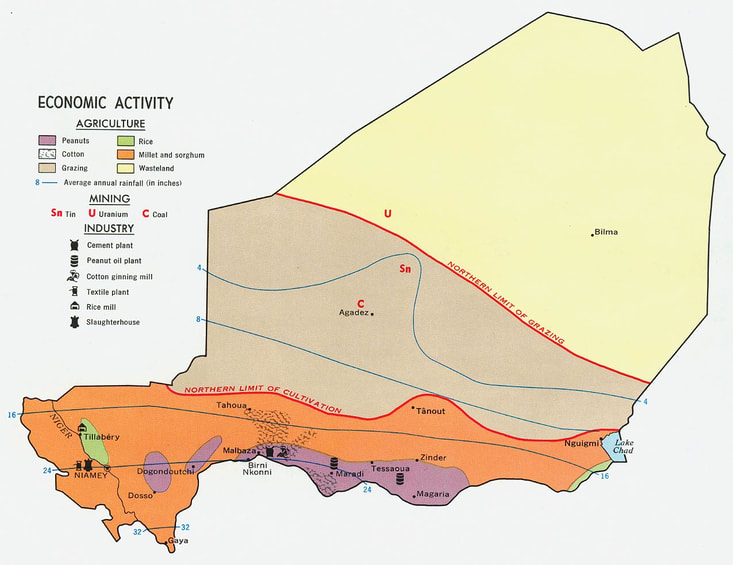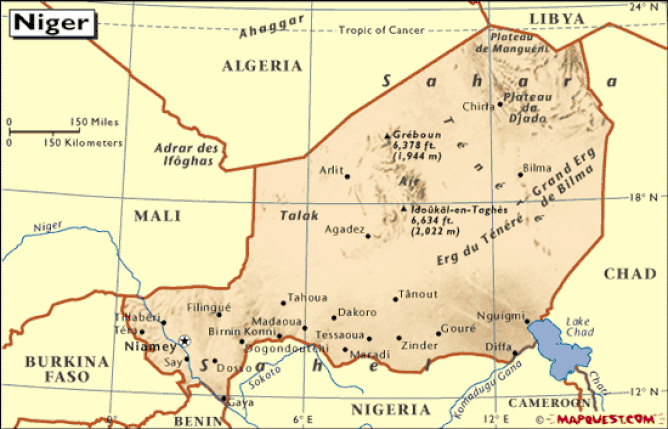-
MYP
- Home
-
IGCSE
- Course information
-
Physical: Hazardous environments
>
- Distribution of tectonic hazards
- Causes of tsunami
- Measuring earthquakes
- Earthquake case study 1: Haiti
- Earthquake case study 2: Christchurch
- Why do earthquakes do more damage in LICs than in HICs?
- How are volcanic eruptions measured?
- Tropical storms - distribution
- Causes of tropical cyclones
- Tropical cyclones - case study
- Why live in hazardous areas?
-
River Environments
>
- Hydrological cycle
- River basins
- Factors affecting river regimes
- Fluvial processes: erosion
- Fluvial processes: weathering and mass movement
- Fluvial processes: transportation and depositon
- River features and their formation
- How rivers change from source to mouth
- Uses of water
- Water pollution
- Water supply
-
IBDP
-
Changing population
>
- Global patterns of economic development
- Physical and human factors affecting global population distribution
- Case study 1: China
- Case study 2: Niger
- Demographic transition
- Megacity growth
- Forced migration and internal displacement
- Ageing populations
- Pro-natalist and anti-natalist policies
- Gender equality policies
- Trafficking policies
- The Demographic Dividend
-
Global climate vulnerability and resilience
>
- Atmospheric system
- The energy balance
- Changes in the energy balance
- The enhanced greenhouse effect
- Climate Change and the Hydrosphere, Atmosphere and Biosphere
- Impacts of climate change on people and places
- Disparities in exposure to climate change risk and vulnerability
- Government-led adaptation and mitigation strategies
- Civil society and corporate strategies
-
Global resource consumption and security
>
- Progress towards poverty reduction
- Measuring trends in global consumption
- Global patterns and trends in the availability and consumption of water
- Global patterns and trends in the availability and consumption of land/food
- Global patterns and trends in the availability and consumption of energy
- Water food and energy nexus
- Recycling and waste
- Malthus vs Boserup
- Resource Stewardship strategies
- Sustainable Development Goals
-
Freshwater - drainage basins
>
- The drainage basin as a system
- How rivers change from source to mouth
- River discharge
- River processes
- River landforms
- Factors affecting flood risk
- Attempts at flood prediction
- Flood mitigation
- Flood mitigation case studies
- Water scarcity
- Agricultural activities and water quality
- Pressures on lakes and aquifers
- Internationally shared water and conflict
- Water management: participation of local communities
- Dams as multi-purpose schemes
- Water management: Integrated Drainage Basin Management (IDBM)
- Managing wetlands
-
Leisure, Sport and Tourism
>
- Growth and purpose of leisure time
- Categories of tourism and sport
- Economic development and participation
- Factors affecting personal participation
- Factors affecting growth of tourism hotspots
- Spheres of influencee
- Factors affecting a national sports league
- Festivals
- Niche national tourism strategies
- Role of TNCs
- Tourism as a national development strategy
- International sporting events
- Consequences of unsustainable growth
- Sustainable tourism
- Future international tourism
- Political and cultural influences on sport
- Extended Essay in Geography >
- Skills/concepts >
-
Changing population
>
- Geography and ToK
- Theory of Knowledge
The Subject Guide
Population distribution and economic development at the national scale including voluntary internal migration, core-periphery patterns and mega-city growth. Two detailed and contrasting examples of uneven population distribution.
A. Niger: Introduction
By land area, Niger is the largest country in West Africa and the 22nd in the world but 80% of the country lies within the Sahara Desert, Niger remains one of the world's least developed countries. with a GNI per capita of less than US$1025 it is classified by the World Bank as a Low Income Country. It's population density is estimated at approximately 13-14 people per square kilometre and it has a total population of 21.6 million with 94% living on just 35% of the land. The Maradi region holds 20% of the population on 3.3% of the country's land, while just 3% of the population live in the desert and mountains to the north, which makes up 53% of the land area.
B. Niger's Population Density
Use the map below and the blank Niger map to create a fully annotated map which shows:
- areas with population densities of more than 25 people per square kilometre
- major urban areas (Niamey, Maradi, Zinder, Agadez, Tahoua, Dosso, Diffa, Tillaberi
- find the populations of the urban areas and add this to your annotations
C. Physical factors affecting population density in Niger
Use the maps below to begin to explain the variations in population density you have already identified.
- How does precipitation connect to areas of low and high density? Remember to name the areas/provinces you refer to in your answer. Explain the connections you identify. What does the map suggest about possible future trends?
- How does rainfall connect to the map showing agriculture in the country? How does this further explain patterns of population density?
- What other physical factors might affect population distribution in Niger? Justify your answer.
D. Human Factors Affecting Population Density
Use the links below to work collaboratively with the rest of the class on how SEEP (Social, Economic, Environmental, Political) factors have affected population densities in Niger.



